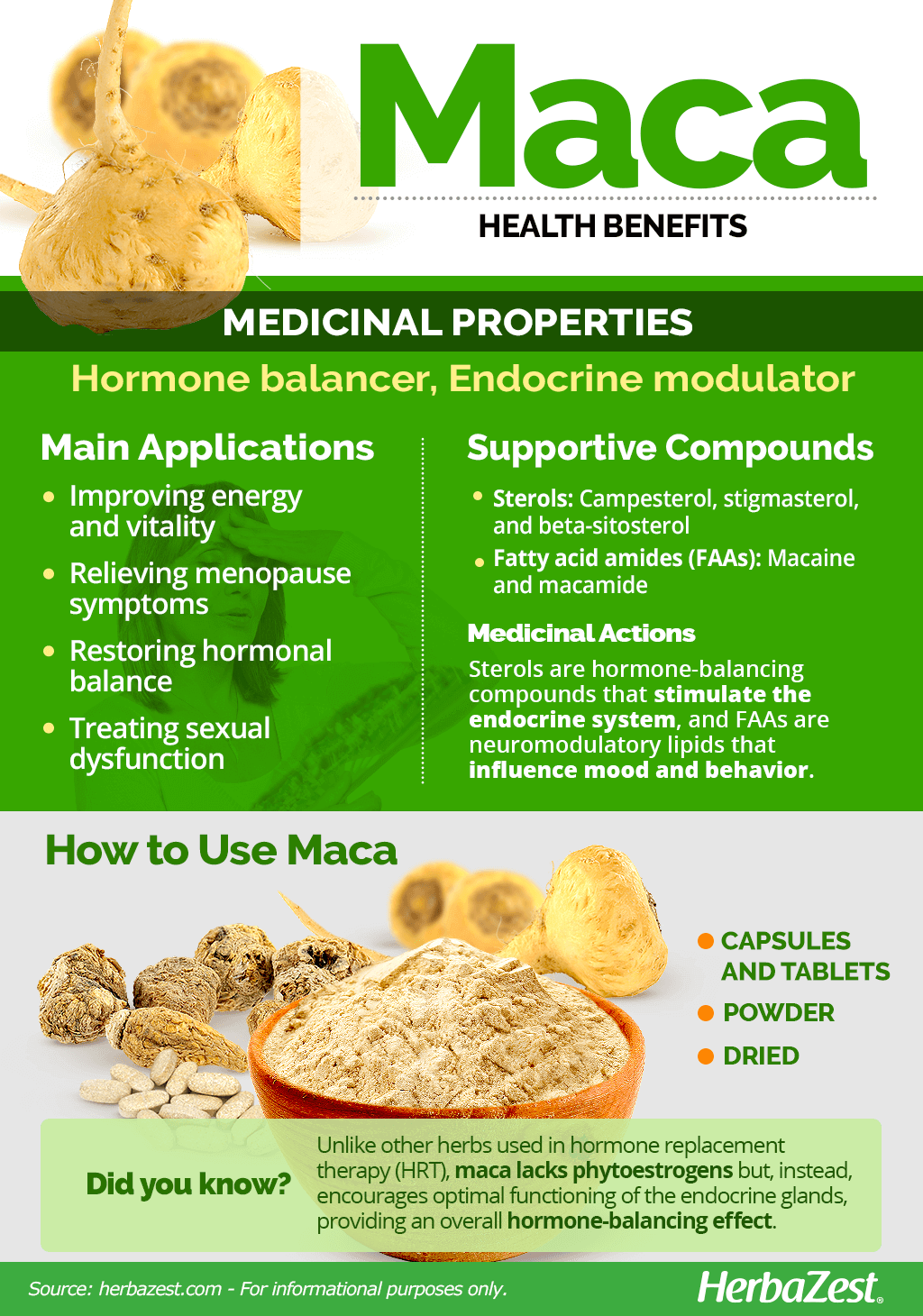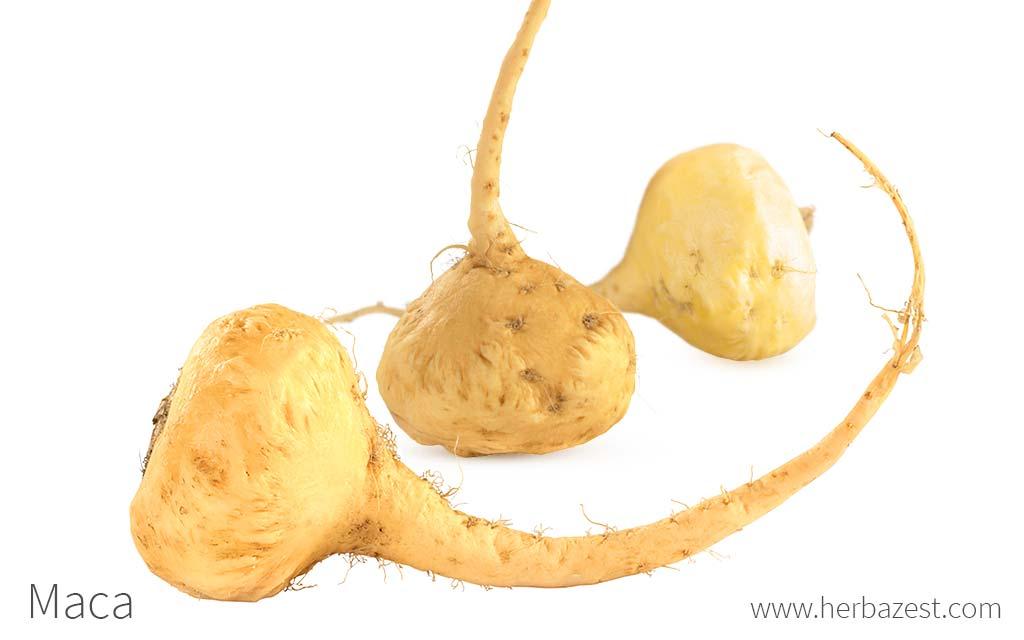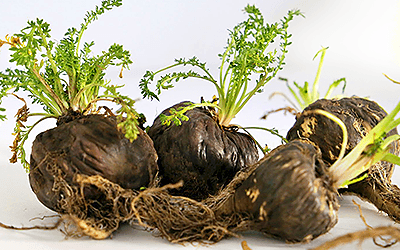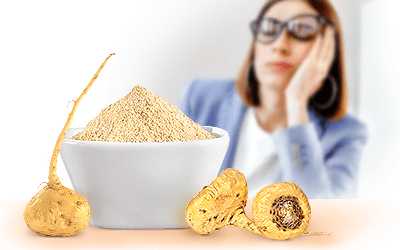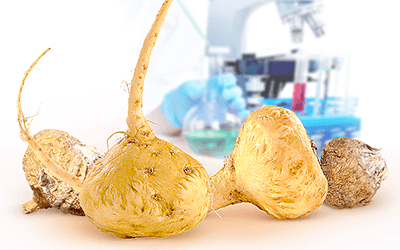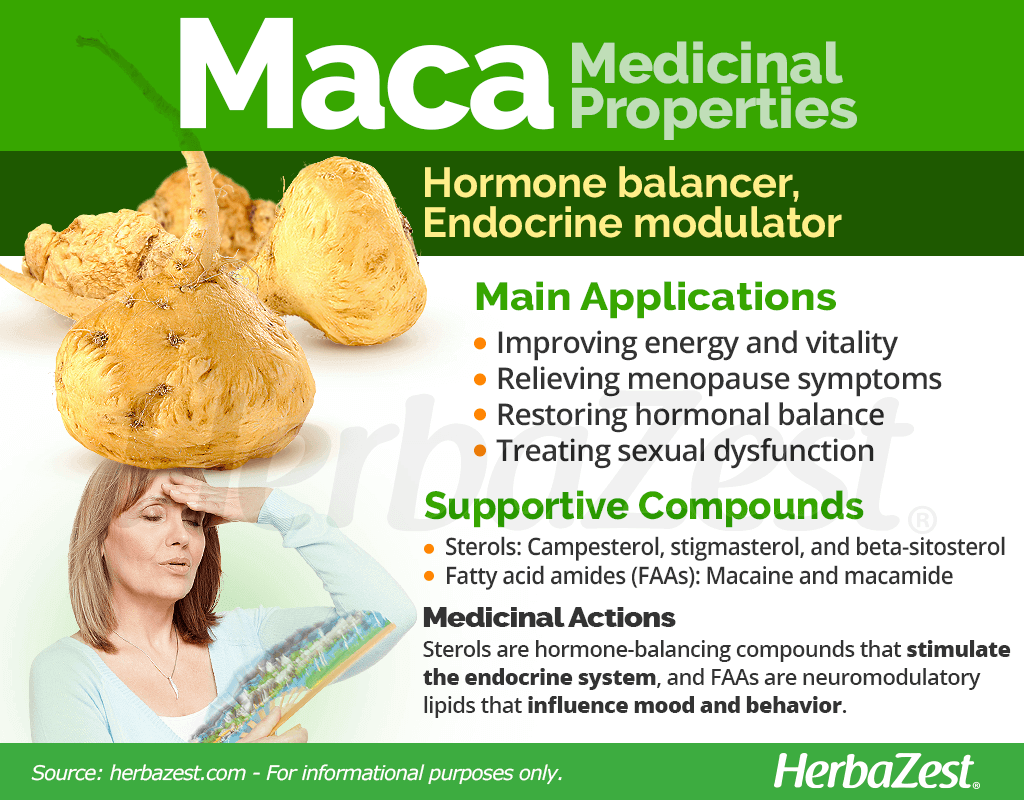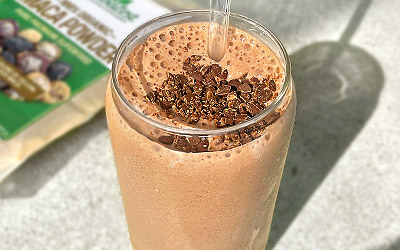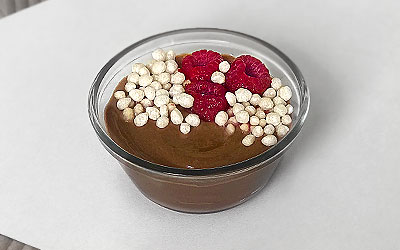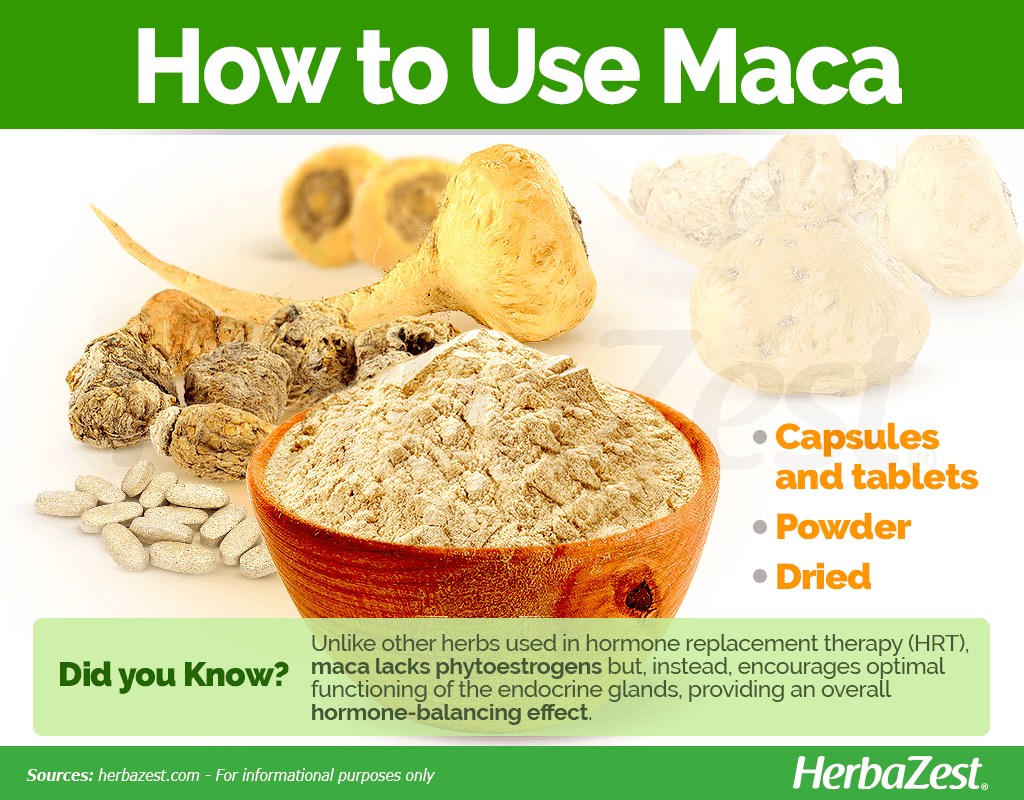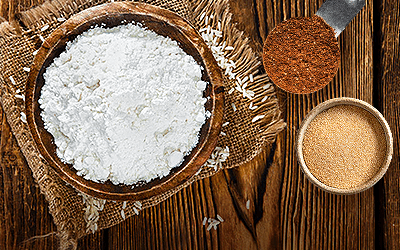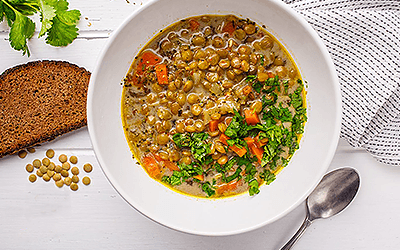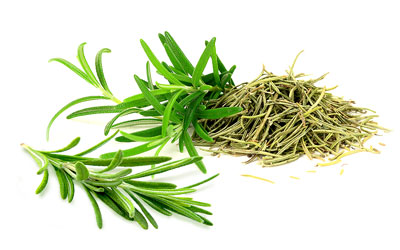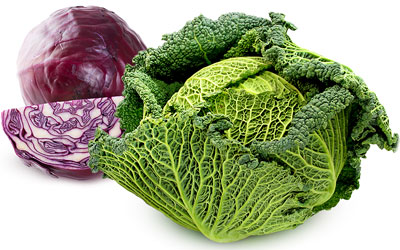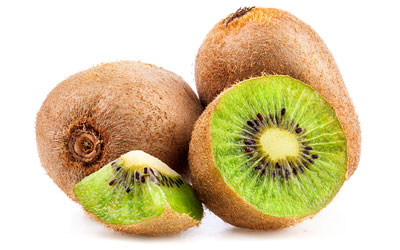Maca originated in the Andes at high altitudes and rough climates. Based on evidence from cave paintings, it is believed that maca was first domesticated as far back as 3,800 BCE in what is now the Junín region of Peru, and it has been a staple food for native tribes of the Andes for centuries.
Maca Medicinal Properties
Health Benefits of Maca
Maca has been used as both a food and a medicine for hundreds of years. Some of these traditional uses have been corroborated by modern research, which has revealed that maca is mainly useful for nurturing the endocrine system, which regulates hormone production. Maca has proven effective for treating a wide spectrum of health conditions, and its main benefits include:
Improving energy and vitality. Studies have shown that maca can boost energy levels and increase endurance, thus helping relieve fatigue.1 It may also boost mood.
Relieving menopause symptoms. Maca supplements are used to relieve hot flashes, night sweats, mood swings, hair loss, low libido, vaginal dryness, and other menopausal symptoms.
Restoring hormonal balance. The maca herb can help relieve cramping, breast pain, mood swings, and other premenstrual syndrome symptoms. It can also help treat the symptoms of polycystic ovarian syndrome (PCOS), such as acne and excessive hair growth.
Treating sexual dysfunction. Studies have shown that maca can help treat male infertility by improving sperm motility.2 It can also help women with fertility problems caused by hormonal imbalance.
How It Works
The maca plant contains sterols (campesterol, stigmasterol, and beta-sitosterol), which are hormone balancing compounds that stimulate the endocrine system, and fatty acid amides, or FAAs (macaine and macamide), which are neuromodulatory lipids that influence mood and behavior.5
Both sterols and FAAs contribute to the following maca therapeutic properties: balancing of hormonal secretions, stimulation of body metabolism (energy and vitality), stress reduction, antidepressant activity, memory improvement, and enhancement of sexual drive. Maca root has proven beneficial mainly in the treatment of hormonal disorders, particularly in women entering menopause6 and men with sexual dysfunction7.
Well known herbs used as substitutes for synthetic hormones in hormone replacement therapy (HRT) are soy and red clover, both of which affect estrogen; black cohosh root, which influences luteinizing hormone (LH); and wild yam, which stimulates progesterone. Unlike the aforementioned herbs, maca lacks phytoestrogens but, instead, encourages optimal functioning of the endocrine glands, providing an overall hormone-balancing effect.
Maca Side Effects
Maca is likely safe for most people when boiled before being consumed. Few to no side effects have been observed in studies aside from mild digestive disturbances.
Maca Cautions
Currently, there are no known medical interactions with maca. However, little research exists on the herb, so a doctor should be consulted before beginning a regimen. Pregnant or breastfeeding women should consume it with caution because its effects on infant development are unknown, and those with hormone-sensitive conditions should avoid maca because of its effect on the endocrine system.
- Medicinal action Hormone balancer, Endocrine modulator
- Key constituents Sterols (campesterol, stigmasterol, and beta-sitosterol), fatty acid amides (macaine and macamide)
- Ways to use Capsules, Hot infusions/tisanes, Food, Powder
- Medicinal rating (4) Very useful plant
Maca Nutrition
Maca possesses not only great medicinal value, but also boasts nutritional benefits. For this reason, it is regularly consumed for nourishment by the natives of the Peruvian highlands.
Andean maca root is an excellent source of zinc, a trace mineral that is essential for growth and development, as well as for immune system health, proper breakdown of carbohydrates, and the senses of smell and taste.
Good amounts of iron and dietary fiber are also contained in dried maca, along with small quantities of other important nutrients, such as calcium, potassium, magnesium, phosphorus, and vitamin C (ascorbic acid).
Two teaspoons (10 g) of maca powder provide 33 calories and 7% of the daily value for dietary fiber.
Maca makes part of an exclusive list of highly nutritious and medicinal crops from South America, including amaranth, mashua, quinoa, and sacha inchi.
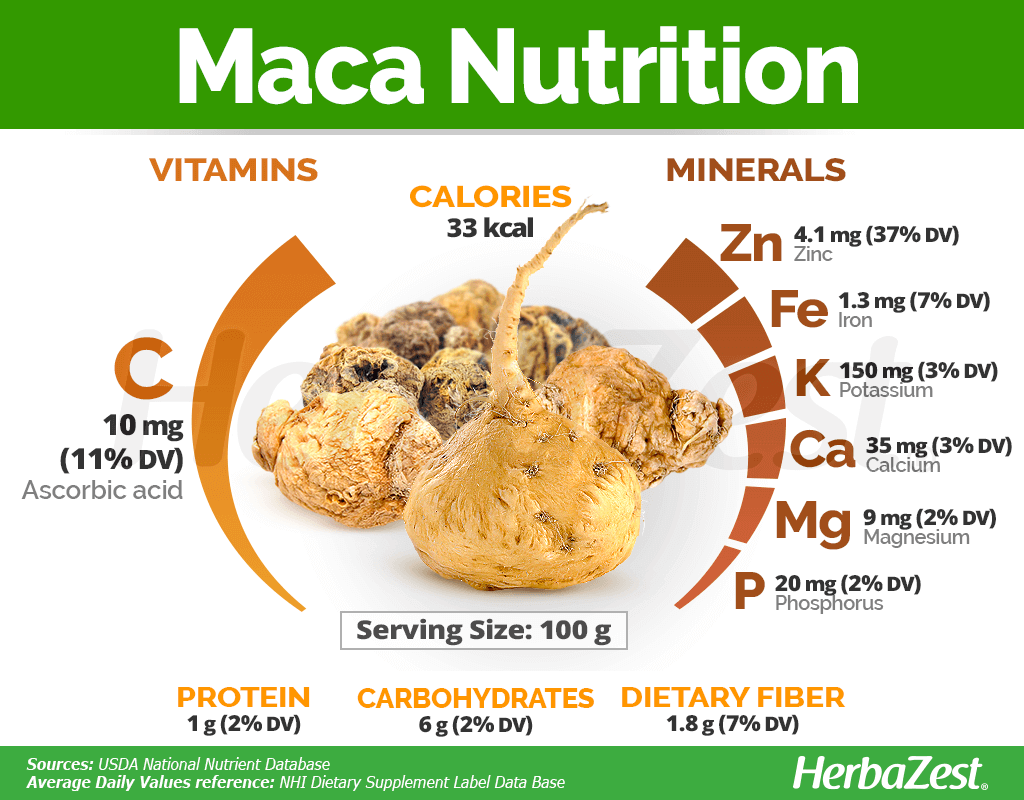
How to Consume Maca
Maca has been used for millennia in the Andean region, both as a remedy and as a staple in the diet. Today, it can still be used as a culinary ingredient, but it is more common outside of the Andes to see it in powdered form as well as in herbal remedies and dietary supplements.
Natural Forms
- Pure powder. The dried and powdered roots of maca can be added to juices, smoothies, and even baked goods for a nutritional punch.
- Dried. In this form, as raw chips, maca can be eaten as a tasteful snack or brewed into maca tea.
Herbal Remedies & Supplements
- Capsules. This is the most popular way of consuming maca as a supplement. Capsules carry a high concentration of sterols and FAAs, and can be taken in easy-to-swallow, fixed daily doses to support hormonal balance.
- Edible parts Root
- Edible uses Protein
- Taste Mildly bitter
Growing
Maca thrives in mountain regions, making it difficult to grow in moderate climates. It grows best in habitats like its native one, which is at altitudes of 12,500 – 16,000 feet (3,800 – 4,800 m) above sea level. Moreover, it is a difficult plant to propagate. Because it has not been cultivated widely outside of the Andes, it is unclear whether it can be grown productively in other locations around the world.
Useful maca growing guidelines can be found in the herb garden section.
- Life cycle Annual
- Harvested parts Roots
- Soil Clay loam
- Soil pH 7.9 – 8.4 (Moderately alkaline)
- Growing habitat Andean region
- Pre-germination seed treatment None
- Growing time 6 - 9 months
Additional Information
Plant Biology
Maca grows close to the ground and generally produces 12 - 20 leaves per plant. The leaves grow as rosettes, and the plant bears beige flowers that give way to small fruits with seeds. Below the soil surface, maca has a fleshy, underground root, known as the hypocotyl, which grows seven inches (18 cm) deep and can reach up to 3.5 inches (9 cm) in diameter, and from which most of the plant's culinary and medicinal preparations are made.
Maca may also be called Peruvian ginseng, maka, or maca-maca.
Classification
Maca, or Lepidium meyenii, belongs to the Brassicaceae family, which which comprises about 360 genera and over 3709 species - mostly herbaceous plants -, several of them with great medicinal, nutritional, and economic value, such as arugula (Eruca sativa), broccoli (Brassica oleracea var. italica), cabbage (Brassica oleracea var. capitata), cauliflower (Brassica oleracea var. botrytis), and mustard (Sinapis alba), often called "cruciferous vegetables."
Varieties and Subspecies of Maca
Although maca does not have any subspecies, there are 13 varieties of the herb based on root color. Nearly 50% of maca grown today is of the yellow variety, which is sold on the market along with the black and red varieties. Though much less common, other root colors range from white to gray to purple, including bicolor varieties of all of the above.
Historical Information
After native Andeans recommended the use of maca to Spaniards for livestock breeding, it became a commodity in the viceroyalty of Peru. Records from 200 - 250 years ago show that the Spanish crown demanded nine tons of maca from the Junín region of Peru as tribute.
However, regarded as a "poor man's crop," the herb later fell out of common use, eventually reaching endangered status in 1982. In spite of this temporary decline, repopulation efforts and modern research have brought maca to the spotlight as a "superfood," and its popularity has resurged in the 21st century, extending far beyond its original scope.
Economic Data
Because maca grows in harsh, bleak terrain where no other crops survive, it is a significant crop that allows Andean farmers to make use of land that would otherwise be barren. In recent years, maca has been commercialized, and it is now exported as an herbal medicine to the U.S., China, Japan, Europe, and other parts of the world, providing a boost to the economy of the region, as it is more profitable than potato. Peru produced 600 tons of maca in 2009, of which over 90% was exported to foreign markets.
Popular Beliefs
Incan soldiers were fed maca to improve strength and vigor, and youth were warned to avoid the plant, as it was believed to provoke lust.
Other Uses
Livestock fertility enhancer. The use of maca to boost fertility has been extended to livestock, and it is sometimes used to facilitate breeding.
Fodder. The leaves and sometimes the roots are used to feed herds, as well as guinea pigs.
Pest control. Maca has also been used to stimulate population growth of pest-controlling insects, which helps to avoid the use of chemical pesticides.
Although research on maca is still in its early stages, studies so far have shown that it is a tremendously useful superfood with several significant health benefits, particularly its ability to regulate hormonal imbalances during menopause and PMS.
Sources
- BioMed Research International, Conservative Nonhormonal Options for the Treatment of Male Infertility: Antibiotics, Anti-Inflammatory Drugs, and Antioxidants, 2017
- Forschende Komplementärmedizin und Klassische Naturheilkunde, Lepidium meyenii (Maca): a plant from the highlands of Peru--from tradition to science, 2009
- Government of Peru, PROMPEX: Plantas Medicinales Mercado Mundial
- International Journal of Biomedical Science, Use of Gelatinized Maca (Lepidium Peruvianum) in Early Postmenopausal Women, 2015
- Lost Crops of the Incas, pp. 56-65
- Lost Crops of the Incas: Little-Known Plants of the Andes with Promise for Worldwide Cultivation
- Maca Millenarian Peruvian Food Plant with Highly Nutritional and Medicinal Properties
- Townsend Letter for Doctors and Patients, Effect of Peruvian Maca on Hormonal Functions, 1998
- Whole World Botanical Reports, Therapeutic use of Maca (Lepidium peruvianum C.) in medical practice, 1997 | South American Herb Maca as Alternative to Hormone Replacement Therapy, 2002
- Evidence-based Complementary and Alternative Medicine, Ethnobiology and Ethnopharmacology of Lepidium meyenii (Maca), a Plant from the Peruvian Highlands, 2012
- International Food Research Journal, Maca flour: a powerful ingredient for functionally enhanced bread, 2013
Footnotes:
- Functional Foods in Health and Disease. (2022). The improvement of daily fatigue in women following maca (lepidium meyenii) extract containing benzyl glucosinolate. Retrieved May 22, 2023, from https://www.ffhdj.com/index.php/ffhd/article/view/912
- Reproductive Medicine and Biology. (2019). Effect of Lepidium meyenii on in vitro fertilization via improvement in acrosome reaction and motility of mouse and human sperm. Retrieved November 29, 2021, from https://www.ncbi.nlm.nih.gov/pmc/articles/PMC6332831/
- Evidence-based Complementary and Alternative Medicine. (2015). A Double-Blind Placebo-Controlled Trial of Maca Root as Treatment for Antidepressant-Induced Sexual Dysfunction in Women. Retrieved November 29, 2021, from https://pubmed.ncbi.nlm.nih.gov/25954318/
- Toxicology Mechanisms and Methods. (2017). Antioxidant and neuroprotector effect of Lepidium meyenii (maca) methanol leaf extract against 6-hydroxy dopamine (6-OHDA)-induced toxicity in PC12 cells. Retrieved November 29, 2021, from https://www.tandfonline.com/doi/abs/10.1080/15376516.2016.1275908
- ACS Omega. (2021). Comprehensive Profiling of Macamides and Fatty Acid Derivatives in Maca with Different Postharvest Drying Processes Using UPLC-QTOF-MS. Retrieved August 17, 2023, from: https://www.ncbi.nlm.nih.gov/pmc/articles/PMC8482404/
- International Journal of Biomedical Science. (2005). Use of Gelatinized Maca (Lepidium Peruvianum) in Early Postmenopausal Women. Retrieved August 17, 2023, from: https://www.ncbi.nlm.nih.gov/pmc/articles/PMC3614576/
- BioMed Research International. (2017). Conservative Nonhormonal Options for the Treatment of Male Infertility: Antibiotics, Anti-Inflammatory Drugs, and Antioxidants. Retrieved August 17, 2023, from: https://pubmed.ncbi.nlm.nih.gov/28164122/
